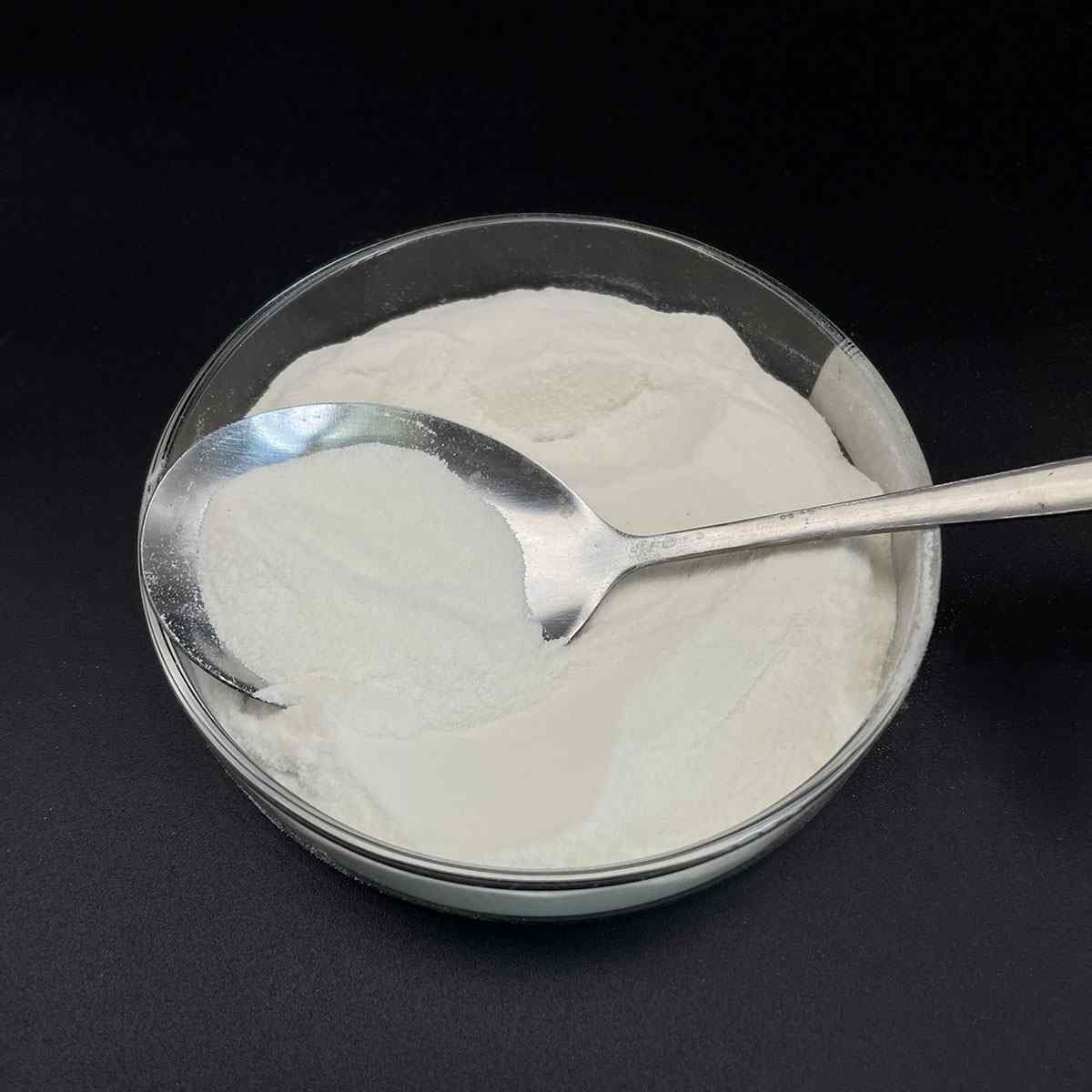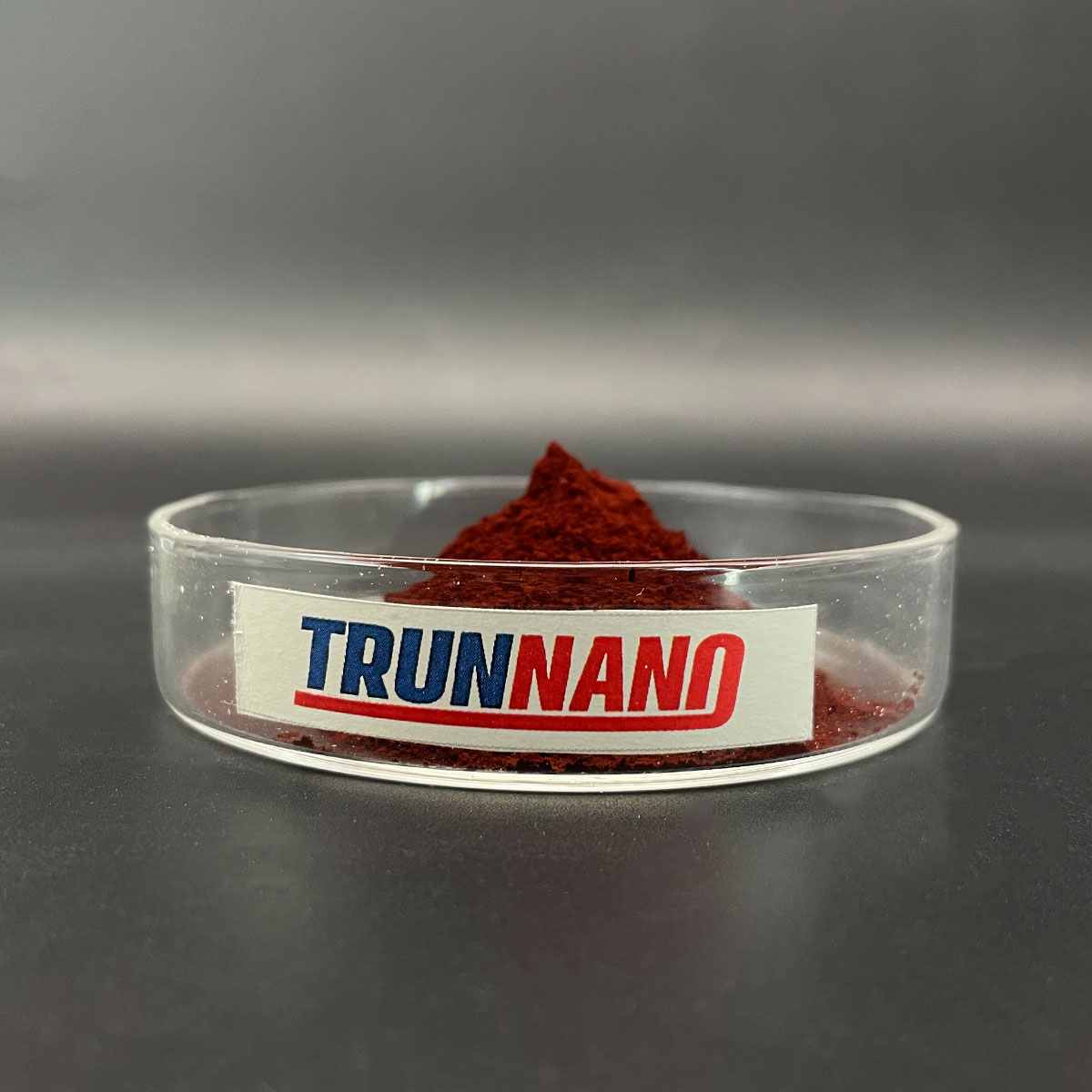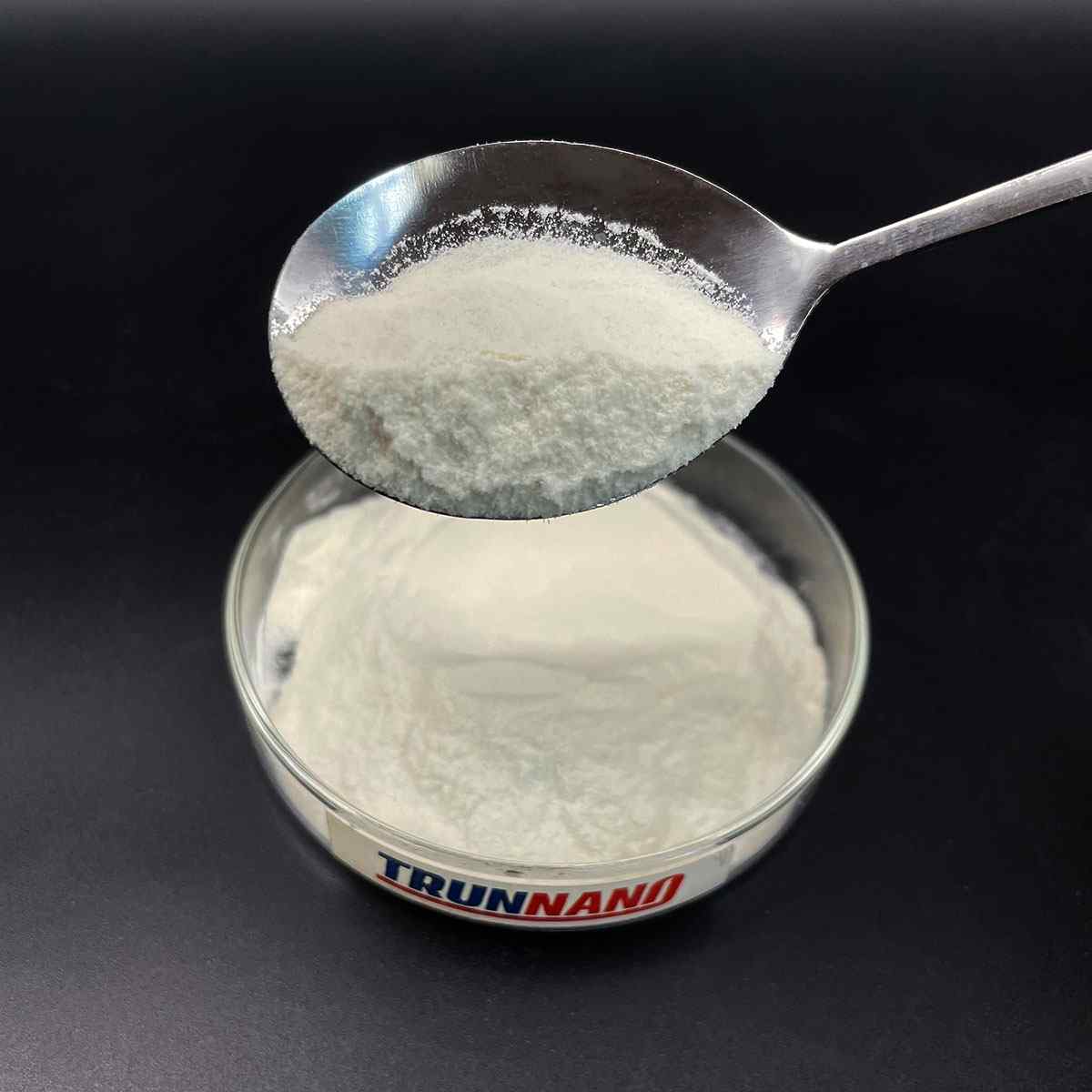Overview of Supply good thermoelectric material Bismuth Telluride Powder for peltier
Telluride and selenide compounds play a significant role in the field of semiconductors, particularly in the development of advanced electronic and optoelectronic devices. These materials belong to the chalcogenide family, characterized by their ability to form compounds with elements from groups IV-VI in the periodic table.
Tellurides: Compounds containing tellurium (Te) as the chalcogen. Examples include cadmium telluride (CdTe), mercury telluride (HgTe), and zinc telluride (ZnTe). These materials have found applications in solar cells, infrared detectors, and high-speed electronics due to their tunable bandgap, high electron mobility, and good thermal stability.
Selenides: Similar to tellurides, but with selenium (Se) replacing tellurium. Notable examples are cadmium selenide (CdSe), gallium selenide (GaSe), and zinc selenide (ZnSe). Selenide compounds are widely used in light-emitting diodes (LEDs), laser diodes, and solar cells due to their direct bandgap properties and efficient light absorption/emission capabilities.
Feature of Supply good thermoelectric material Bismuth Telluride Powder for peltier
Direct Bandgap: Many telluride and selenide semiconductors have direct bandgaps, which facilitate efficient light emission and absorption processes. This makes them suitable for optoelectronic applications such as LEDs and lasers.
Tunable Bandgap: The bandgap of these materials can be adjusted by alloying or altering the composition (e.g., CdSe to CdTe), enabling customization for specific device requirements across a wide spectrum of wavelengths.
High Electron Mobility: Materials like HgCdTe exhibit high electron mobility, which is crucial for high-speed electronic devices and low-noise detector applications.
Thermal Stability: Some tellurides and selenides, like ZnTe and ZnSe, demonstrate good thermal stability, making them suitable for high-temperature operation and processing.
Non-Toxic Alternatives: With increasing environmental concerns, there’s a push towards exploring less toxic alternatives to commonly used semiconductors. For instance, Cd-based tellurides and selenides are being replaced or combined with less toxic elements like Mg or Mn in some applications.

(Supply good thermoelectric material Bismuth Telluride Powder for peltier)
Parameters of Supply good thermoelectric material Bismuth Telluride Powder for peltier
Bismuth Telluride (Bi2Te3), a promising and widely researched thermoelectric material, is a key component in the development of advanced thermoelectric generators and coolers due to its unique properties. This compound, with a chemical formula consisting of two bismuth atoms bonded to three tellurium atoms, exhibits exceptional performance in converting temperature differences into electrical power or vice versa, making it an ideal choice for various applications.
One of the primary reasons Bi2Te3 stands out is its high thermoelectric figure of merit (ZT), which is a critical parameter that determines the efficiency of a thermoelectric material. ZT is calculated by considering the Seebeck coefficient (S), electrical conductivity (σ), and thermal conductivity (κ) of the material. A higher ZT value indicates better thermoelectric performance. Bismuth Telluride has been known to achieve ZT values above 1 at room temperature, which is significantly higher than many other materials, making it a leading candidate for commercial thermoelectric devices.
The Seebeck coefficient of Bi2Te3 is relatively high, meaning it generates a significant voltage difference across its junction when there is a temperature gradient. This property allows for efficient energy conversion from heat to electricity or vice versa. Moreover, its intrinsic n-type conductivity (majority of charge carriers being electrons) can be manipulated through doping, enabling engineers to optimize its performance for specific applications.
Thermal conductivity in Bi2Te3 is relatively low compared to metals, which contributes to its superior thermoelectric efficiency. Lower thermal conductivity reduces heat dissipation, ensuring that more heat is converted into electrical energy rather than wasted as heat. This property makes Bi2Te3 an attractive option for waste heat recovery and cooling systems.
Processing of Bi2Te3 powder, which is the starting point for manufacturing thermoelectric devices, is another crucial aspect. The material is typically synthesized through various techniques such as mechanochemical synthesis, solid-state reactions, or melt growth. High-purity bismuth telluride powder ensures consistent performance and reliability in the final devices.
In recent years, advancements in material science have led to the development of nanostructured forms of Bi2Te3, like nanocomposites and thin films, further enhancing its thermoelectric properties. These nanostructures can improve the grain boundary scattering, which in turn reduces thermal conductivity, leading to even higher ZT values.
Despite its many advantages, Bi2Te3 faces some challenges, such as its high melting point (630°C) and toxicity concerns. Researchers are continually working on overcoming these limitations by exploring alternative compositions, dopants, and fabrication methods to create safer and more cost-effective thermoelectric materials.
In conclusion, Bismuth Telluride is a highly sought-after thermoelectric material due to its exceptional thermoelectric parameters, including a high ZT value, large Seebeck coefficient, and low thermal conductivity. Its versatile nature and potential for further optimization make it a key player in the development of advanced thermoelectric technologies for applications ranging from power generation to cooling systems. As research continues, we can expect to see even more improvements in the performance and practical implementation of this remarkable material.

(Supply good thermoelectric material Bismuth Telluride Powder for peltier)
FAQ of Semiconductor Materials
Inquiry us






